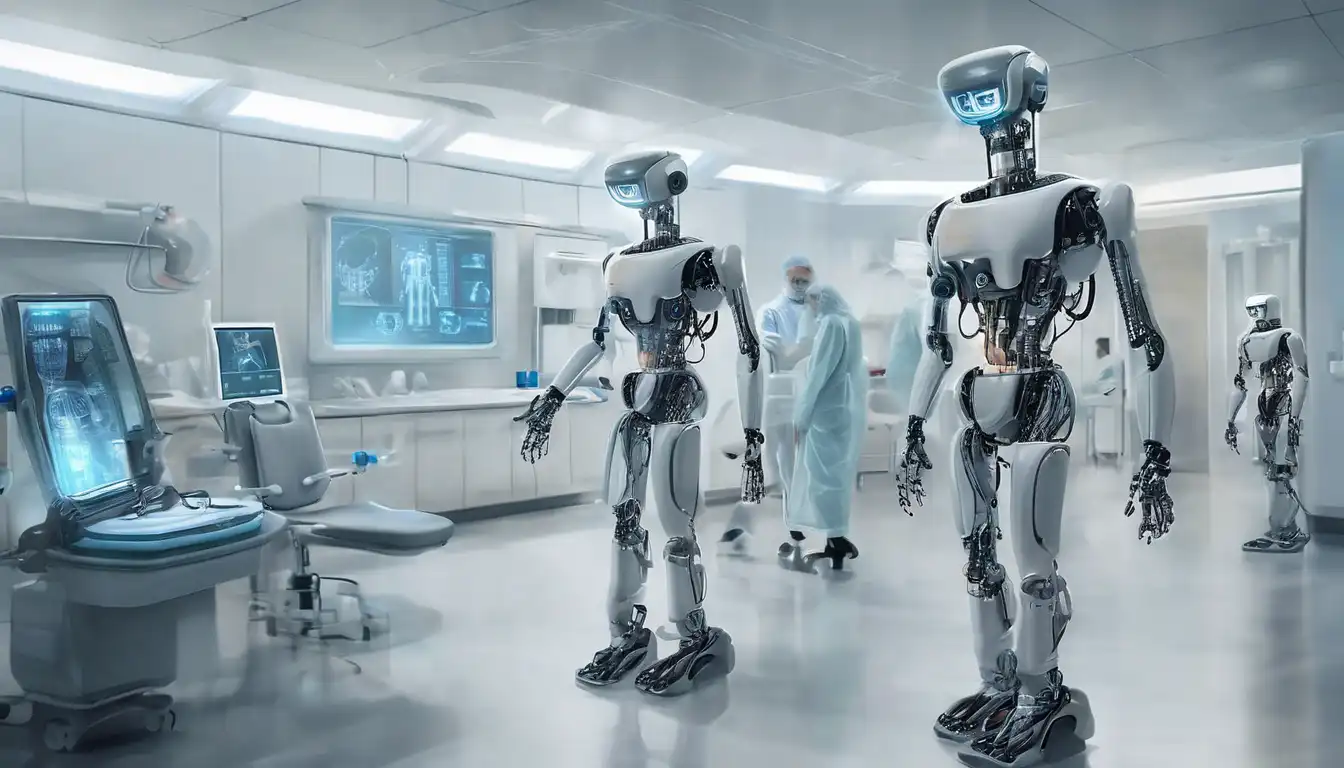The Next Era of Robotics in Healthcare
The integration of robotics into healthcare is transforming patient care, surgical procedures, and rehabilitation processes. This technological advancement promises to enhance precision, efficiency, and outcomes in medical treatments. As we look towards the future, the potential for robotics in healthcare is boundless, offering solutions to some of the most pressing challenges in the field.
Current Applications of Robotics in Healthcare
Today, robotics plays a pivotal role in various healthcare settings. From surgical robots that assist in performing complex procedures with unmatched precision to robotic prosthetics that restore mobility, the applications are vast. Additionally, robots are being used for patient care, such as in the administration of medication and physical therapy, showcasing their versatility and adaptability.
The Future Potential
The future of robotics in healthcare is poised for exponential growth. Innovations such as nanorobots for targeted drug delivery and robotic exoskeletons for enhanced mobility are on the horizon. These advancements could revolutionize treatment methodologies, making healthcare more personalized and effective. Furthermore, the integration of artificial intelligence with robotics opens up new possibilities for diagnostic and therapeutic procedures.
Challenges and Considerations
Despite the promising future, the adoption of robotics in healthcare faces several challenges. High costs, ethical considerations, and the need for specialized training are significant barriers. However, with ongoing research and development, these obstacles can be overcome, paving the way for widespread implementation.
Conclusion
The future of robotics in healthcare is bright, with the potential to significantly improve patient care and outcomes. As technology continues to evolve, so too will the capabilities of medical robotics, offering hope for more innovative and effective treatments. The journey towards integrating robotics into healthcare is just beginning, and its full impact remains to be seen.
For more insights into the latest technological advancements in healthcare, explore our technology section.
